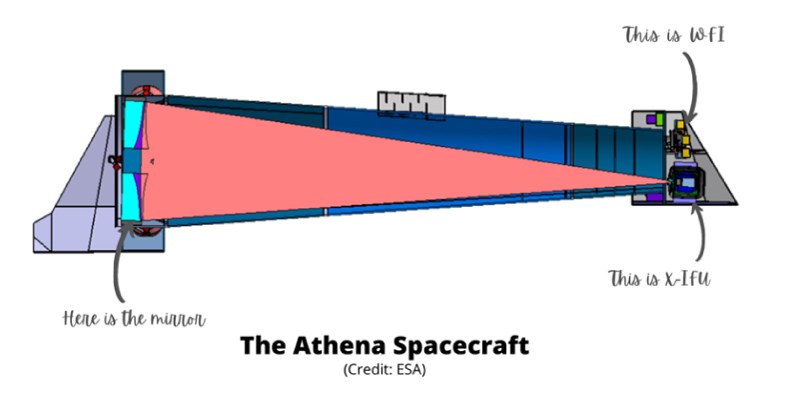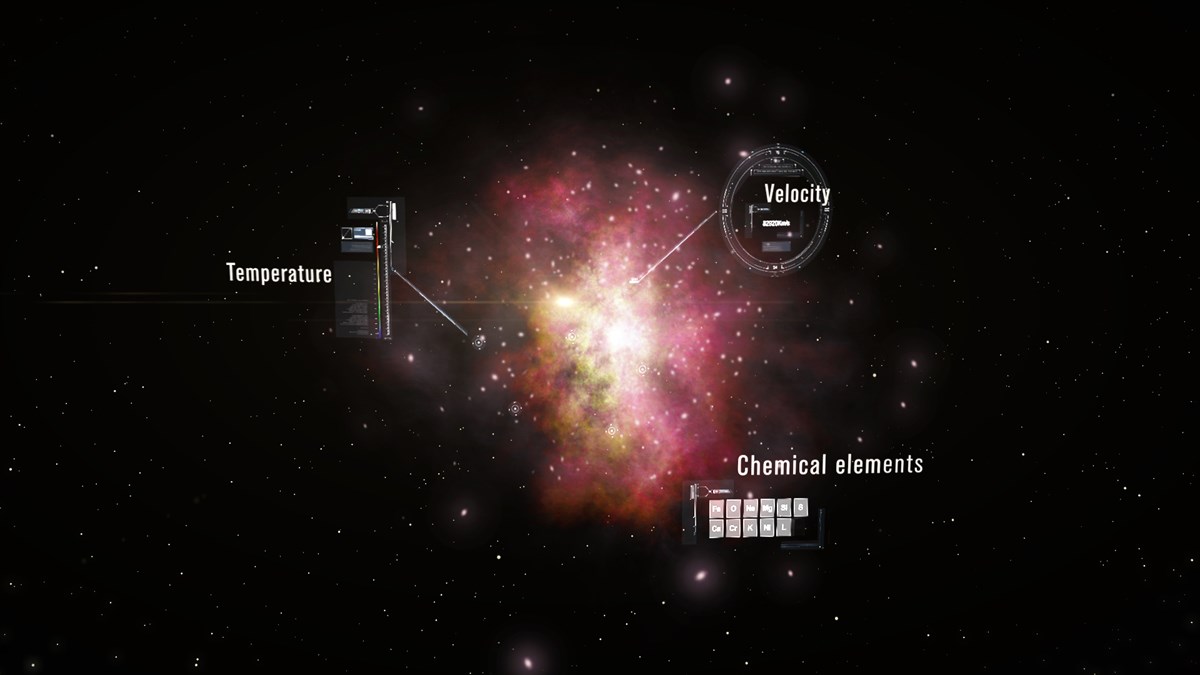
The NewAthena mission
NewAthena (Advanced Telescope for High-Energy Astrophysics) is ESA’s next generation X-ray observatory. It is the second large-class mission of its Cosmic Vision programme and the successor of current missions ESA’s XMM-Newton and NASA’s Chandra. It will also fly after JAXA’s XRISM (X-ray Imaging and Spectroscopy Mission).
NewAthena will carry the X-IFU and the WFI, a wide field imager that will survey the X-ray Universe. Using a movable and tilting mirror assembly, the telescope will regularly change focus between its two instruments.
Thanks to its mirror, NewAthena will deliver unprecedented effective area with a fine spatial resolution over a large field of view. The effective area of the mirror is the area over which photons from astrophysical sources are collected and directed towards the instruments in the focal plane. The spatial resolution defines the capability to resolve and separate two nearby astrophysical sources. Finally, the field of view of the mirror defines the region of the sky that can be imaged by the instruments. To increase scientific discoveries, astrophysicists will want the largest effective area, the finest spatial resolution and the largest field, which are three characteristics that NewAthena combines.
NewAthena will be launched after the mid-2030s with the European rocket Ariane 6. Once in space, the mission is set to last at least 5 years, with a design lifetime of 10 years overall.
Go to the Athena Community Office website
Go to the mission’s webpage




 Youtube
Youtube